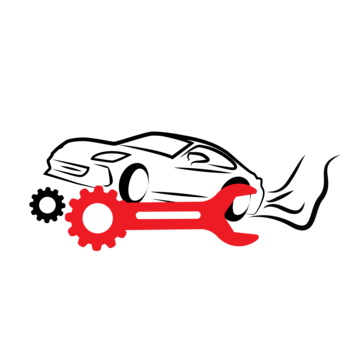Cars are complex machines, but not every issue requires a professional mechanic. In fact, many common car problems can be diagnosed and even fixed by the car owner. Whether you’re a new driver or an experienced one, understanding how to troubleshoot basic car issues can save you time and money. In this guide, we’ll go over some of the most frequent problems drivers face and how you can troubleshoot them.
1. Engine Won’t Start
There’s nothing more frustrating than turning the key and hearing nothing. If your engine won’t start, the problem could be related to the battery, alternator, or starter. Begin by checking the battery terminals for corrosion. Clean them if needed, and try starting the car again. If the engine still won’t turn over, use a multimeter to check the battery’s voltage. If the battery is dead, jump-start the car or replace the battery.
2. Car Overheating
If your car’s temperature gauge is moving into the red zone or steam is coming from under the hood, your engine may be overheating. Start by turning off the air conditioner and turning on the heater to draw heat away from the engine. Once the car has cooled down, check the coolant level. Low coolant can cause overheating, so top it off if needed. If the problem persists, you may have a leak in the radiator or a problem with the water pump.
3. Brake Squeaking
Squeaky brakes can be caused by several factors. In some cases, it’s simply a buildup of dirt or dust on the brake pads. A quick cleaning can solve the issue. However, if the noise continues, it could be a sign that the brake pads are worn out and need to be replaced. Ignoring this problem could lead to damage to the brake rotors, which is a much more expensive repair.
4. Steering Wheel Shaking
If your steering wheel shakes while driving, especially at higher speeds, it’s often a sign of an issue with the tires. Start by checking the tire pressure. Underinflated tires can cause vibrations. If the tire pressure is fine, you may need to have the wheels balanced or aligned. Additionally, uneven tire wear could be the culprit.
5. Check Engine Light Is On
The check engine light is one of the most common issues drivers face, and it can be triggered by a wide variety of problems. Start by tightening your gas cap—sometimes a loose gas cap can cause the light to come on. If that doesn’t solve the problem, you’ll need to use an OBD-II scanner to read the diagnostic trouble codes. These codes will give you an idea of what the issue is, ranging from a faulty oxygen sensor to a misfiring engine.
6. Strange Noises Under the Hood
Unusual noises coming from the engine can be alarming. A ticking noise might indicate low oil levels, while a grinding sound could mean there’s a problem with the alternator or water pump. If you hear knocking, it could be due to engine misfires or problems with the timing belt. Listen closely to the sounds, and try to identify the location and timing of the noise to help narrow down the issue.
7. Car Won’t Shift Gears
If your car has trouble shifting gears, it could be due to a problem with the transmission. For automatic transmissions, check the transmission fluid level and quality. Low or dirty fluid can cause shifting problems. For manual transmissions, the clutch may be the issue. If the clutch feels spongy or unresponsive, it might need to be adjusted or replaced.
8. Exhaust Smoke
Excessive smoke from your car’s exhaust is a clear sign that something is wrong. White smoke usually indicates a coolant leak, which could mean a blown head gasket. Blue smoke points to burning oil, which could be caused by worn piston rings or valve seals. Black smoke typically signals that the engine is running rich, meaning too much fuel is being burned.
9. Unusual Smells
Odd smells can indicate a range of issues. A sweet, syrupy smell may mean there’s a coolant leak, while a burning smell could indicate an issue with the brakes or clutch. If you notice the smell of gas inside the car, there could be a fuel leak, which is a serious issue that requires immediate attention.
Conclusion
Troubleshooting car problems doesn’t have to be intimidating. With a little knowledge and the right tools, you can diagnose and, in some cases, fix common issues yourself. However, if you’re ever in doubt or if the problem seems beyond your expertise, it’s always best to consult with a professional mechanic.

